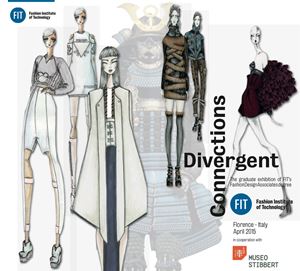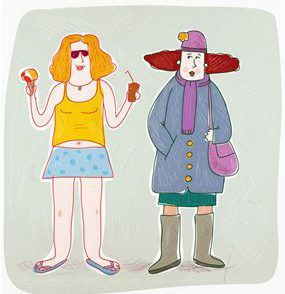Given Florence’s history in textiles and fashion, as Florence remembers its time as the capital of Italy 150 years ago, I thought I would investigate the fashions of that era. What I learned was that, although during the 1860s, France led European fashion, with the English couturier Charles Frederick Worth famous for his innovative and beautiful creations, fashion in Florence quickly became up to date. As Sara Paci, who teaches the course ‘History of Costume’ at Polimoda explains, the ‘politicians, ambassadors and businessmen, as well as their wives, mistresses, and relatives, came to Florence all very willing to contribute to the glamour of the city and court.’ What I also learned was that getting dressed for the day was quite the undertaking. Note, however, that these men and women would have had the assistance of a servant in dressing.
Even sharp-dressed men today have less to deal with than did men of social standing in 1860. First, they would put on undergarments, which included a white, high-collared shirt, thin pants (think long underwear), and socks. Next, if he was dressing for business, travel or to go about town, he might have donned a ditto suit. Ditto suits, popular around 1860, consisted of a jacket, vest and trousers all of the same fabric with a slightly relaxed, even baggy cut. For a formal occasion, such as a dinner party or gala, he would wear a dark tailcoat and trousers with a white shirt with a high collar and often a ruffle (think Ron Weasley’s dress robes in the fourth Harry Potter film). To complete any look, he wore an Abe Lincoln–style top hat or bowler hat.
As complicated as this may seem, the woman of the 1860s had much more to deal with. First, she slipped on a chemise and stockings. To whittle down her middle and emphasize the curve of her hips, the corset came next, followed by a pair of drawers or thin straight pants that her chemise would be tucked into. Cloth or leather shoes were laced up while the woman’s feet could still be reached. Oval hoop skirts were used to push out a woman’s dress in the back, while creating a flat front, a new style that arose during the time when Florence was the capital. For daytime, the top layer would be a dress with long, wide sleeves and a high, lace neckline; for evening, the dress would have a lower neckline and short sleeves, with which she would wear white gloves or crocheted fingerless mitts. She would not leave the house without a bonnet and a thigh-length coat, bringing the total layer count to about five or six.
Florentines have always known how to present themselves beautifully: look around in the city or at the portraits from the Renaissance onward. Thankfully, some of the layers they once had to contend with have been left behind.







